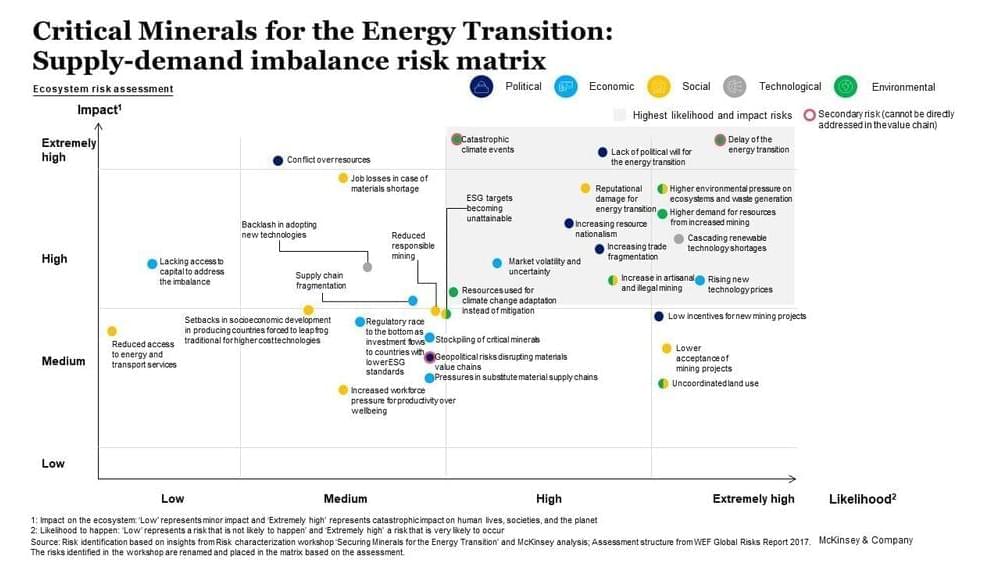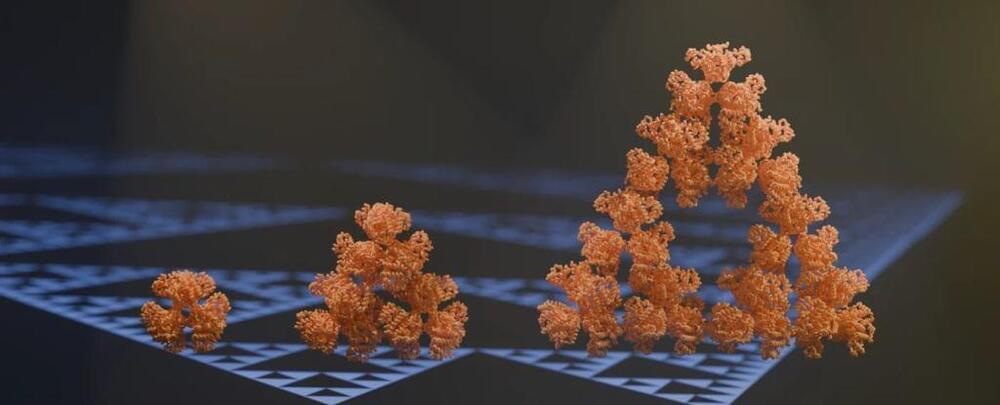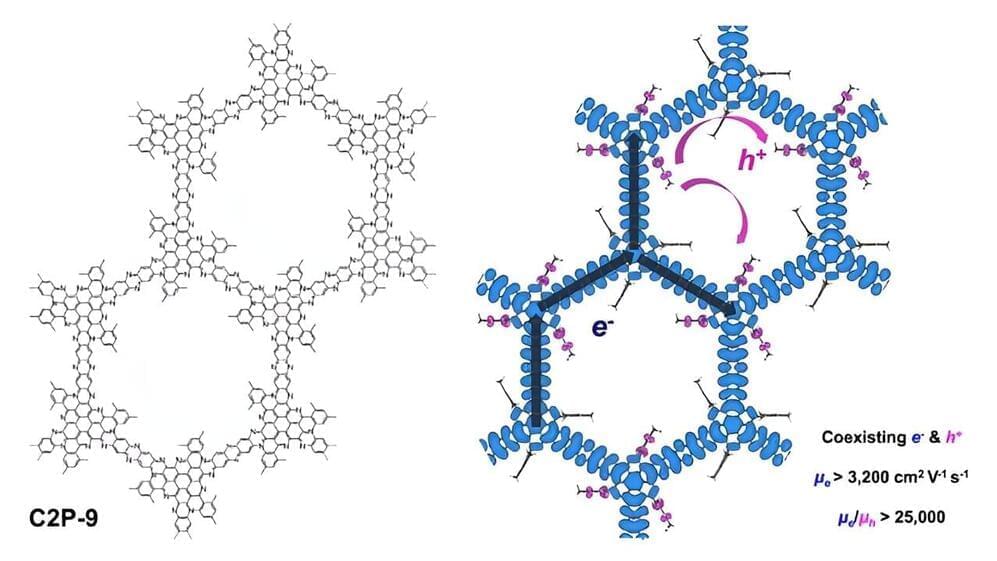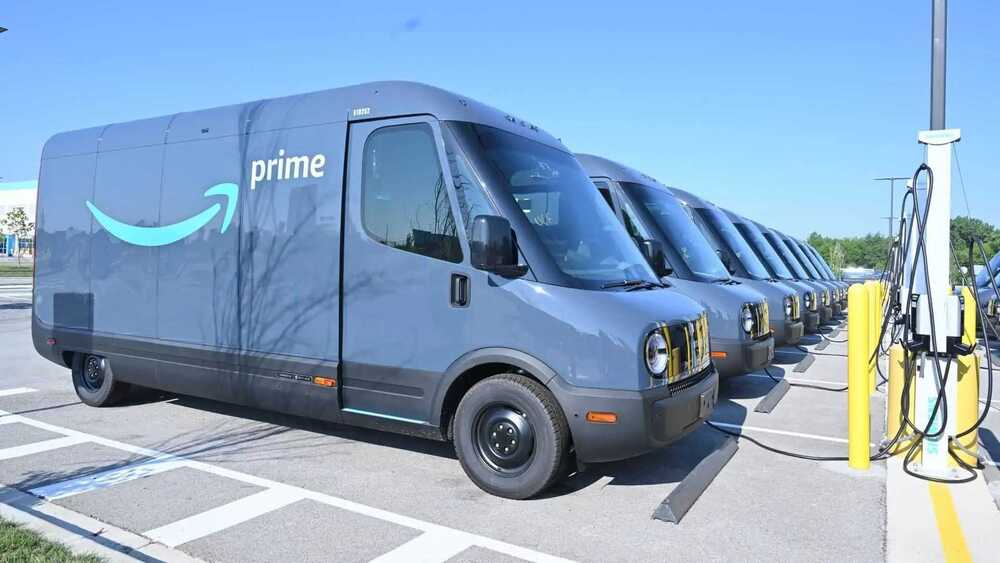According to the company, Meta AI is now one of the world’s leading AI assistants that can boost your intelligence and lighten your load, “helping you learn, get things done, create content, and connect to make the most out of every moment.”
Meta said the assistant’s image-generation feature will be available in beta on WhatsApp and the MetaAI website. Users will see an image appear as they start typing and MetaAI will provide prompts to help change or refine the image. The images can also be animated into a GIF that users can share, reported CNBC.
The company is rolling out Meta AI in English in more than a dozen countries outside of the US. Now, people will have access to Meta AI in Australia, Canada, Ghana, Jamaica, Malawi, New Zealand, Nigeria, Pakistan, Singapore, South Africa, Uganda, Zambia, and Zimbabwe.








